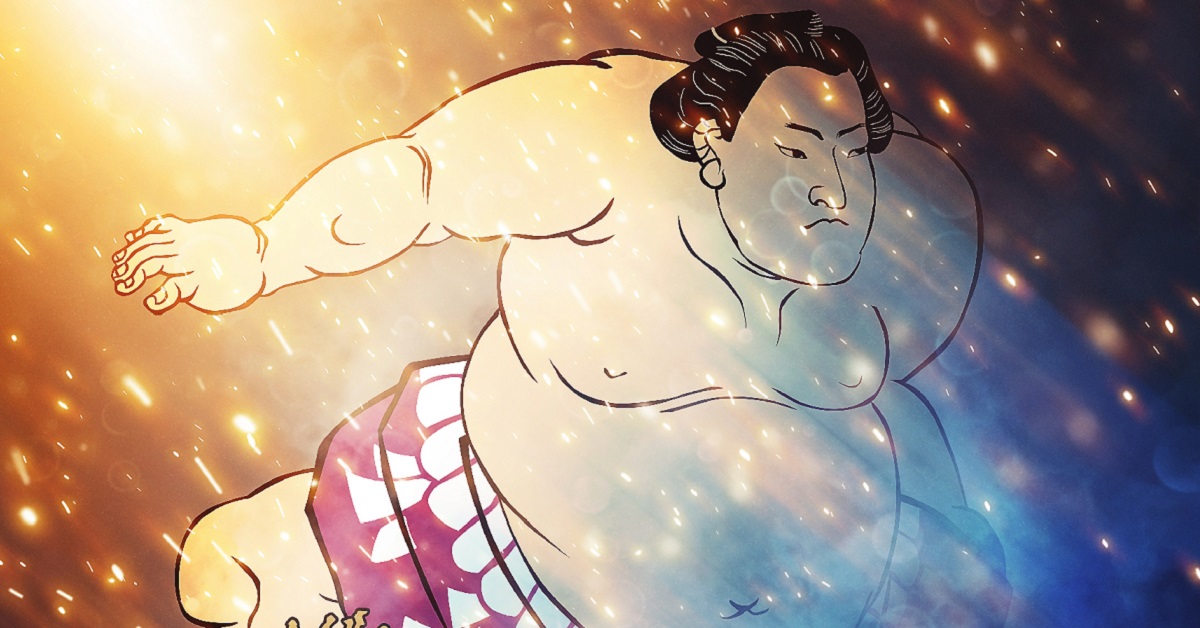Kensho-kin is the reward given to a winning top-division sumo wrestler, provided by companies or individuals as part of advertising efforts. This system plays a key role in enhancing the visibility and excitement of specific bouts. In this article, we explain the structure and purpose of kensho-kin in a way that is easy for beginners and non-Japanese speakers to understand.
- What Is Kensho-Kin? Its Role and Cultural Value in Sumo
- How Is Kensho-Kin Offered? The Sponsor’s Role and Process
- How Much Prize Money Is Paid? Understanding the Kensho Breakdown
- Which Matches Receive Kensho-Kin? What Makes a Bout Attractive to Sponsors?
- What Are Kensho Flags? The Visual Symbol of Sponsorship
- Cultural Significance of Kensho-Kin An Internationally Understandable Symbol
- Conclusion
What Is Kensho-Kin? Its Role and Cultural Value in Sumo
Kensho-kin refers to the monetary prize awarded to the winning wrestler in a top-division match. Behind this prize lies a system of corporate sponsorship, serving as both financial reward and proof of popularity and skill. Matches with kensho-kin feature a unique display of sponsor flags circling the ring, capturing audience attention.
This system is not just part of sumo tradition—it represents a fusion of modern economics and cultural values. The presence of kensho-kin brings added tension and excitement, while also signaling a wrestler’s standing in society.
| Element | Description |
|---|---|
| Meaning of Kensho | Cash reward to winning wrestler; corporate PR tool |
| Applicable Matches | Top-division bouts (especially high-profile ones) |
| Purpose | Advertisement, match enhancement, cultural support |
How Is Kensho-Kin Offered? The Sponsor’s Role and Process
To offer kensho-kin, a formal application must be submitted to the Japan Sumo Association. Approved sponsors—whether companies or individuals—have their names printed on colorful flags, which are paraded around the ring before the bout and shown prominently on TV.
This visual element offers sponsors a high-impact advertisement opportunity. In a uniquely Japanese way, sumo combines ritual and marketing in a single spectacle.
| Step | Details |
|---|---|
| Applicant | Companies or individuals |
| Review Criteria | Appropriateness of content and target match |
| Display Format | Sponsor flags paraded around the dohyo |
| Advertisement Value | Brand exposure to live and TV audiences |
Thus, kensho-kin is not only part of business strategy—it plays a critical role in sustaining the sumo ecosystem.
How Much Prize Money Is Paid? Understanding the Kensho Breakdown
Each unit of kensho-kin is worth ¥70,000, of which ¥60,000 goes directly to the winning wrestler. The remaining ¥10,000 is allocated to the Japan Sumo Association’s fund for pensions and welfare. Payment is made later, typically via bank transfer.
The total amount increases depending on how many kensho are placed on the match. The table below outlines the breakdown:
| Kensho Count | Wrestler’s Portion (¥60,000 each) | Association Fund (¥10,000 each) | Total |
|---|---|---|---|
| 1 | ¥60,000 | ¥10,000 | ¥70,000 |
| 5 | ¥300,000 | ¥50,000 | ¥350,000 |
| 10 | ¥600,000 | ¥100,000 | ¥700,000 |
This system rewards wrestlers while also securing future support, making kensho-kin both a short-term prize and long-term benefit.
Which Matches Receive Kensho-Kin? What Makes a Bout Attractive to Sponsors?
Kensho-kin is not applied to every match. It tends to concentrate on matches that meet certain conditions.
| Match Type | Likelihood of Kensho-Kin |
|---|---|
| Yokozuna or Ozeki appearing | Very High |
| Historic rivalries or rematches | High |
| Popular young wrestlers | Moderate |
| Regular match between low-ranked rikishi | Low |
| Matches affecting championship | Very High |
The number of flags seen before a match often reflects the match’s popularity, serving as a barometer for audience anticipation.
What Are Kensho Flags? The Visual Symbol of Sponsorship
In matches where kensho-kin is involved, sponsor flags appear before the bout begins. These flags feature brand names, logos, or slogans, and are carried around the dohyo, giving sponsors maximum visual exposure.
For foreign audiences, this moment is often visually striking. The flags serve as a mobile billboard, merging modern advertising with sumo’s traditional ritual.
| Feature | Description |
|---|---|
| Timing | Just before the match begins |
| Content | Company or product names |
| Effectiveness | Direct exposure to live and TV audiences |
| Cultural Relevance | Intersection of commercialism and ritual |
These flags highlight the match’s prestige and sponsor engagement, drawing eyes both in the stadium and at home.
Cultural Significance of Kensho-Kin An Internationally Understandable Symbol
Kensho-kin is more than a monetary reward. It is a reflection of recognition, support, and cultural resonance. For foreign spectators, the flag ceremony is memorable and offers a window into Japan’s unique sports culture.
For non-Japanese wrestlers, participating in high-kensho bouts is a sign of rising popularity and acceptance. Likewise, for beginners, the number of flags can serve as an easy way to gauge the importance of a match.
| Cultural Role of Kensho-Kin | Description |
|---|---|
| For Wrestlers | Proof of skill and public recognition |
| For Audiences | A way to assess the match’s significance |
| For Foreign Viewers | An engaging cultural and visual experience |
In this way, kensho-kin becomes a cultural tool as much as it is a financial one.
Conclusion
Kensho-kin represents the intersection of ancient tradition and modern business. For wrestlers, it is a reward for hard work. For sponsors, a powerful advertising opportunity. And for fans, a symbol of match significance.
Behind the physical clash on the dohyo lies a web of sponsorship, ritual, and symbolism. Kensho-kin is not just about the yen—it’s about values, history, and connection.
Next time you watch a sumo bout, take a closer look at the sponsor flags. They may tell you more about the match—and sumo itself—than you ever imagined.





コメント